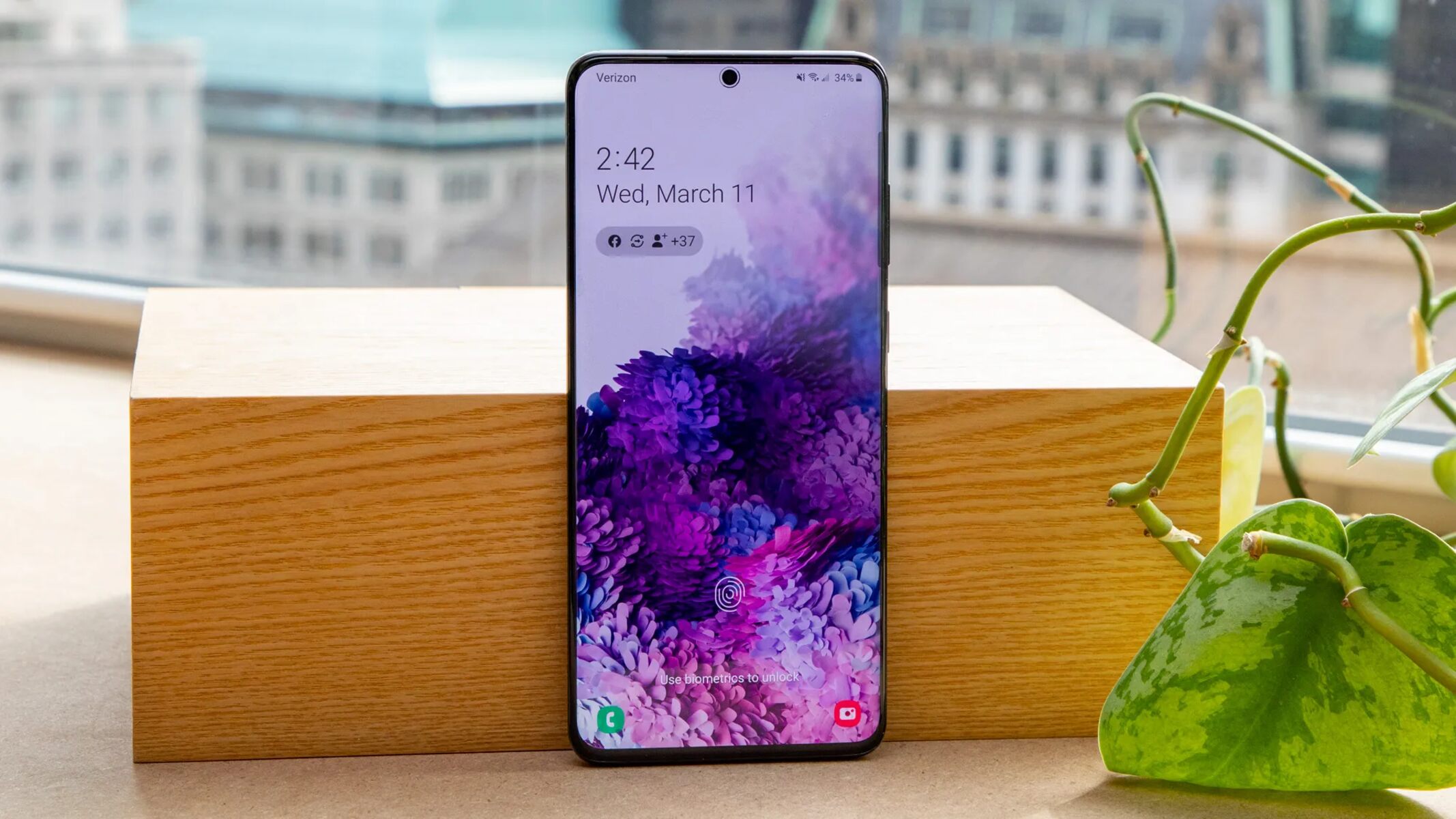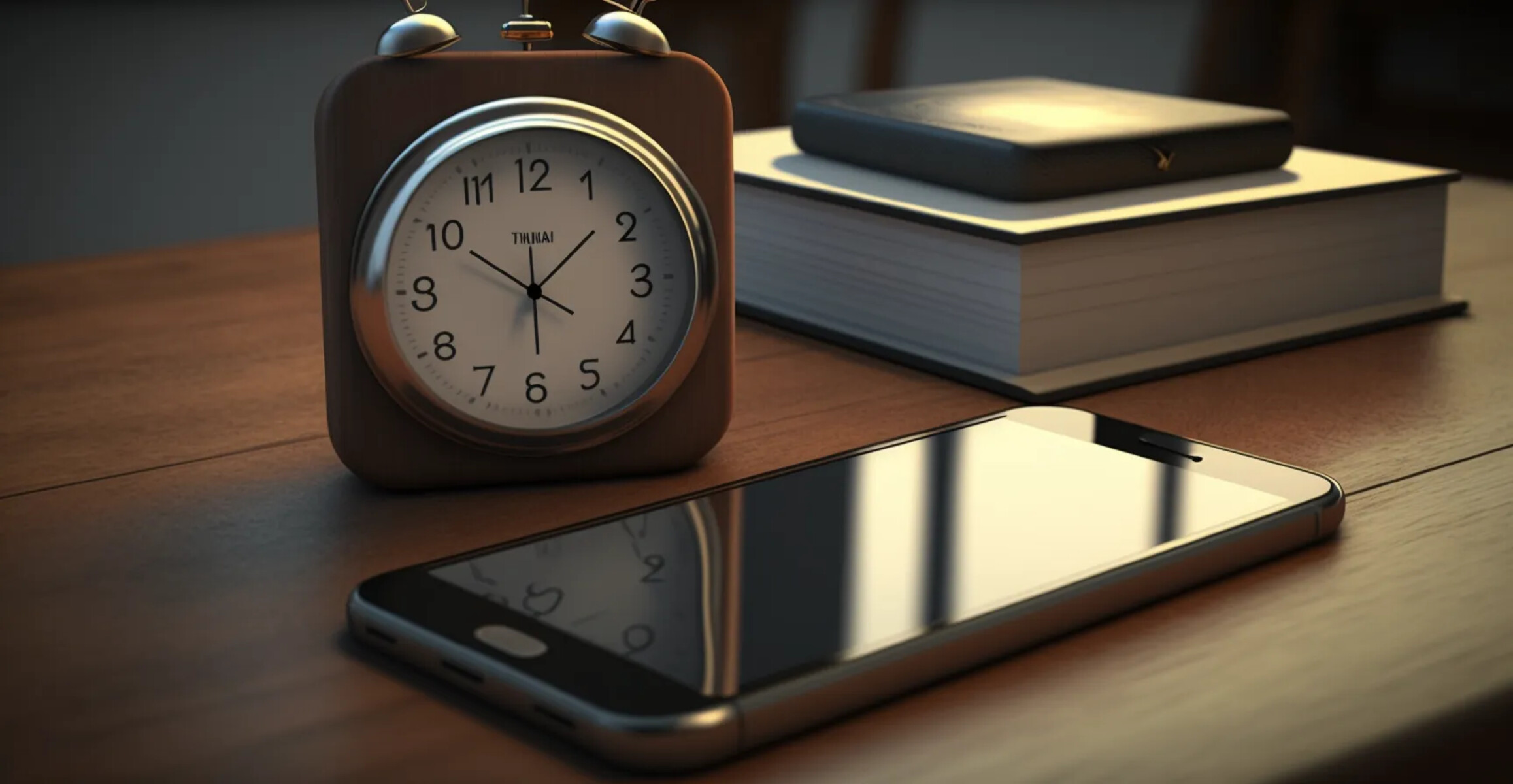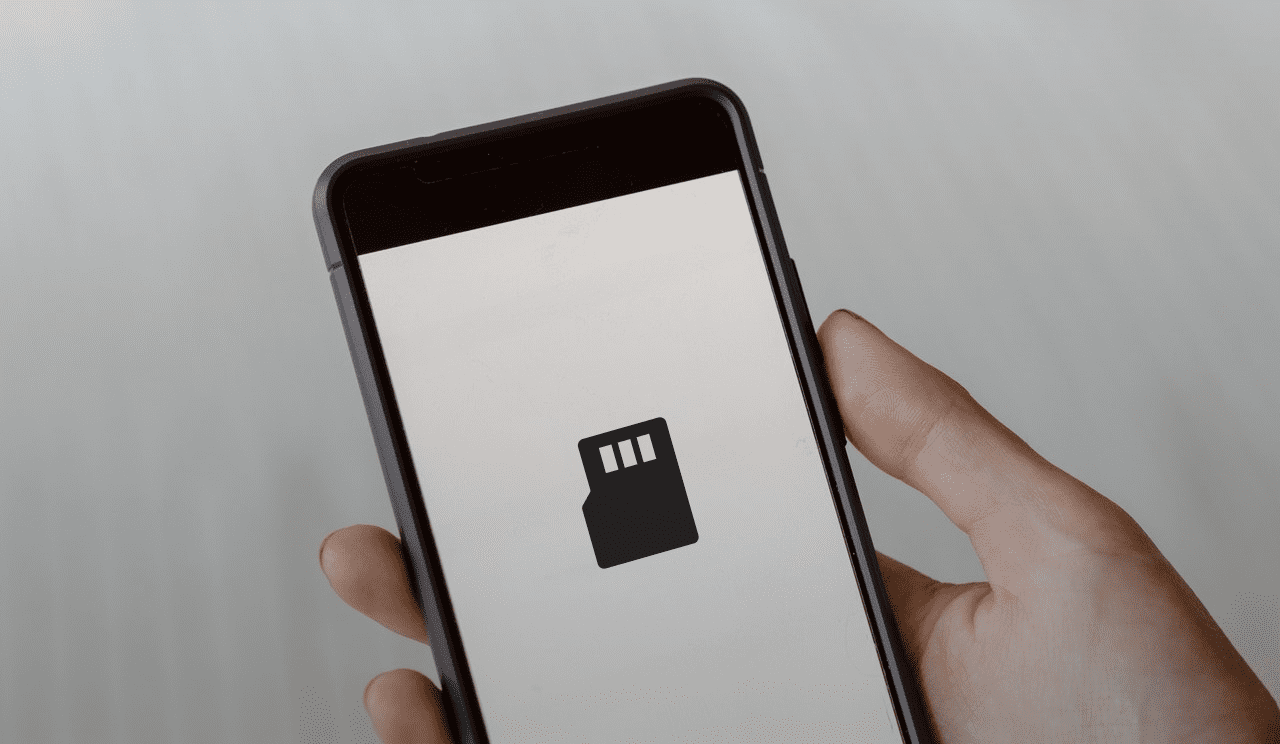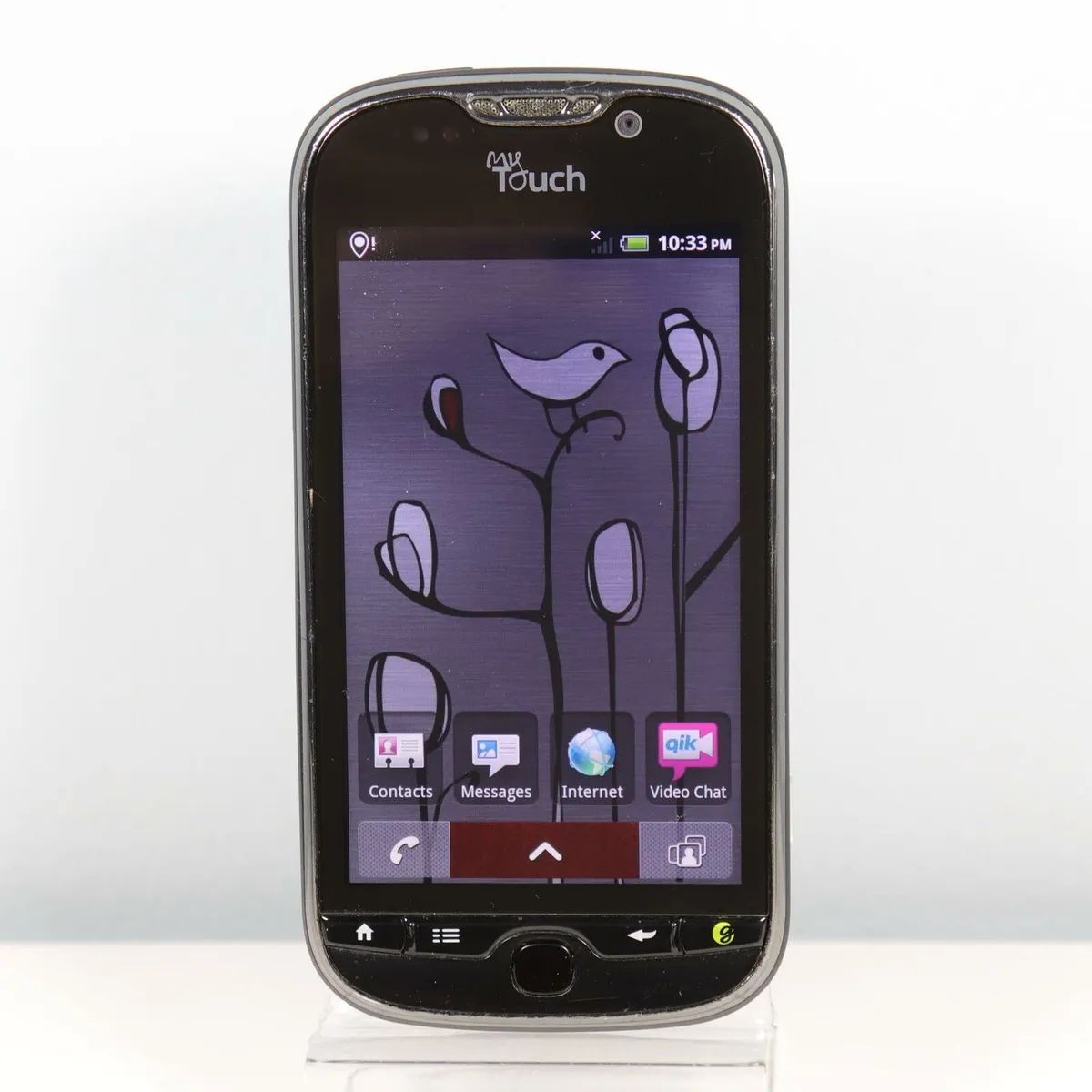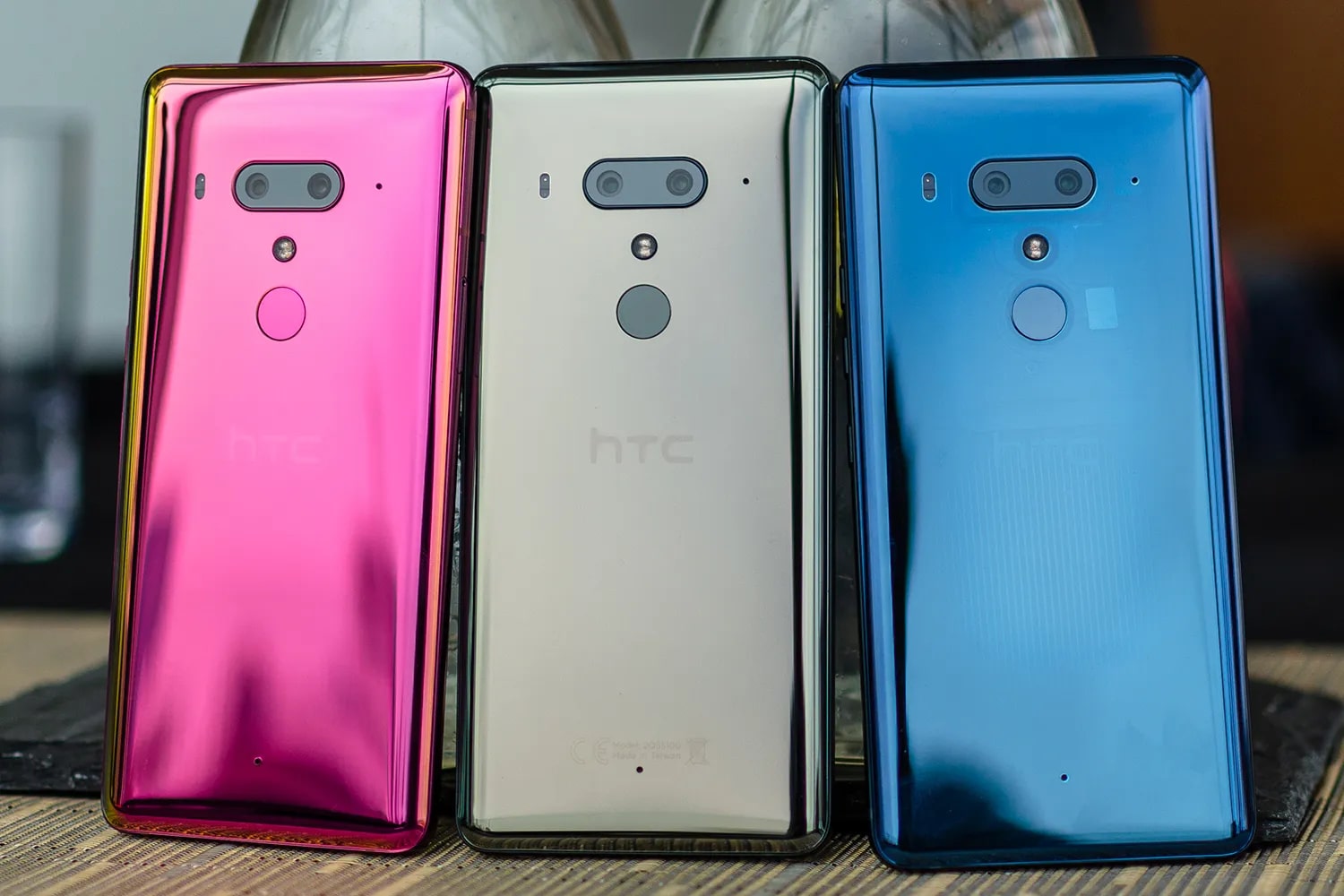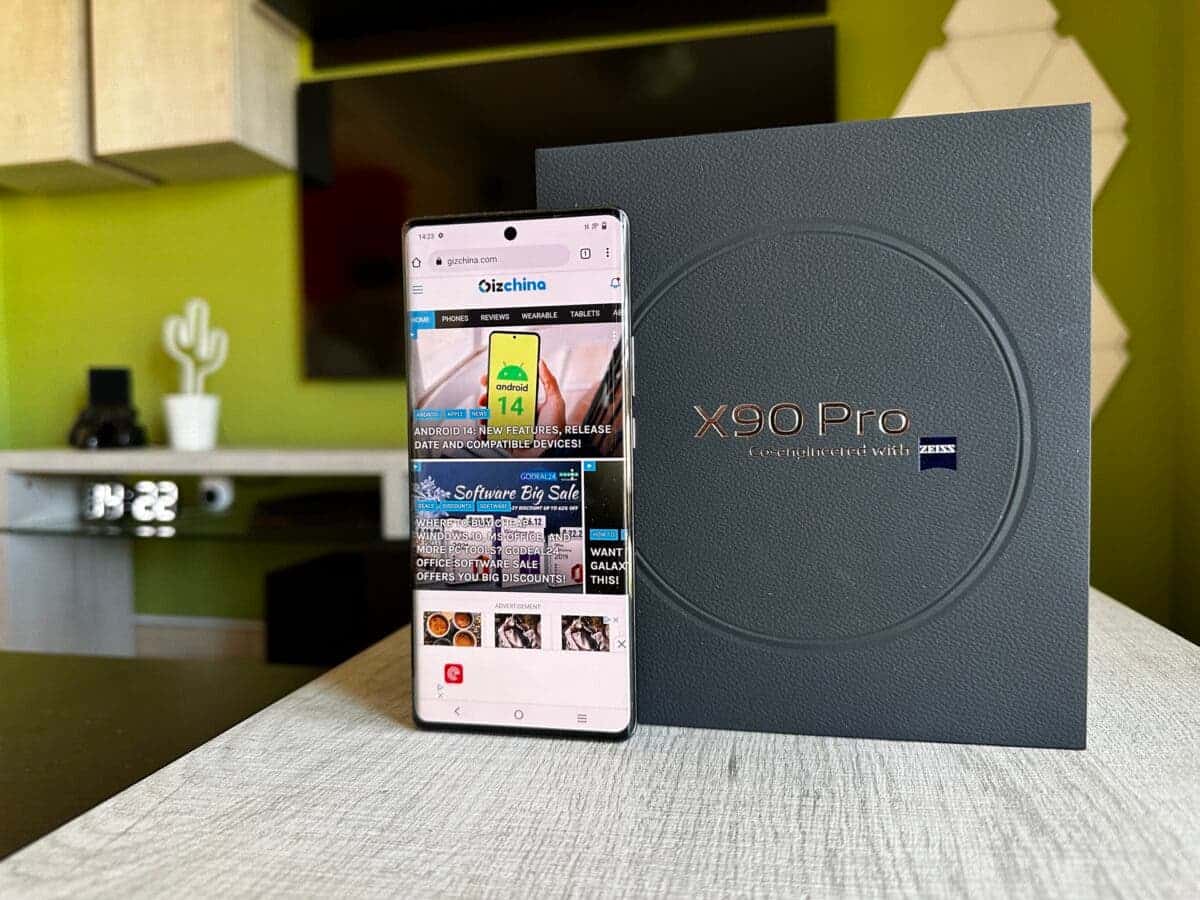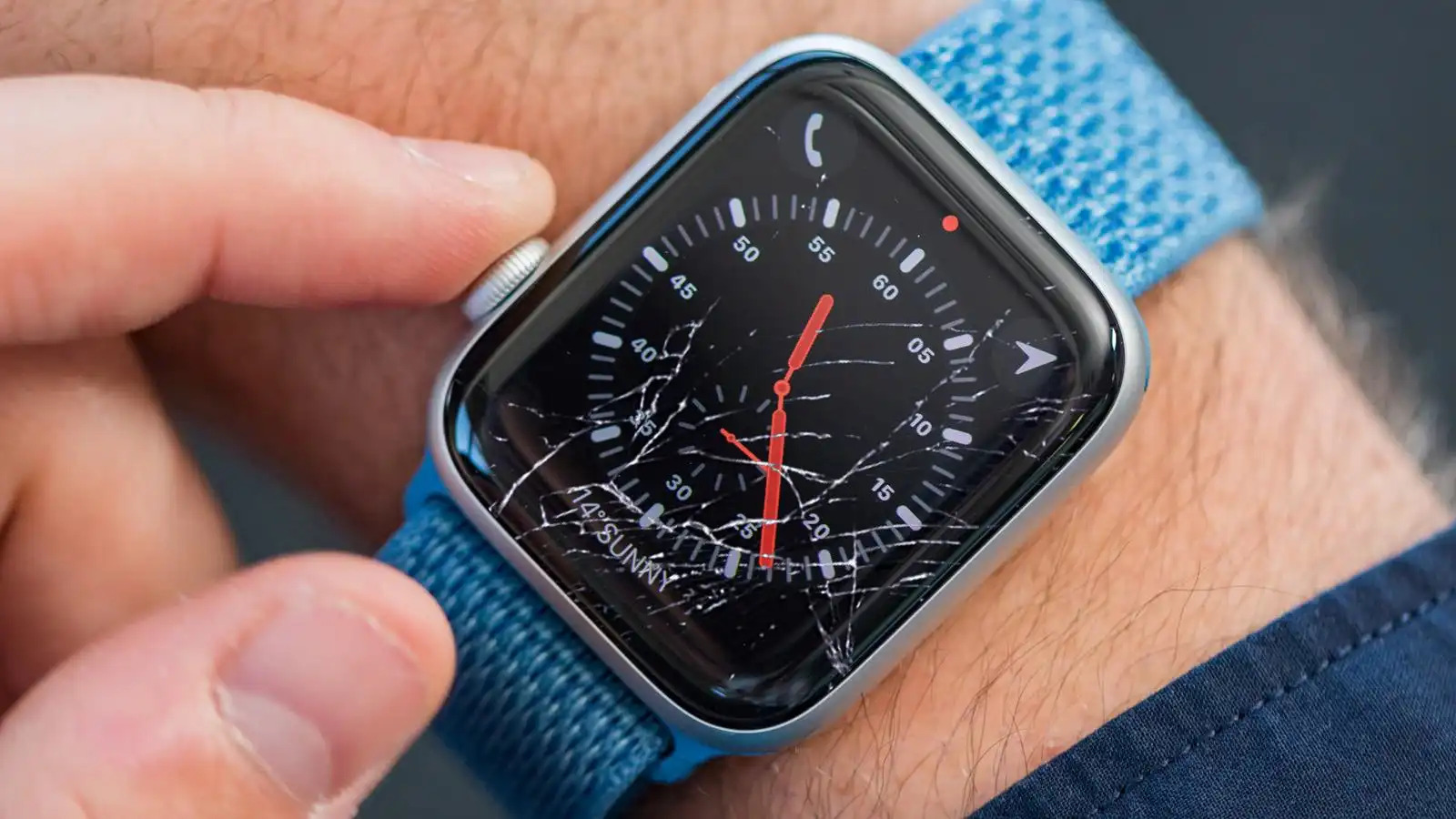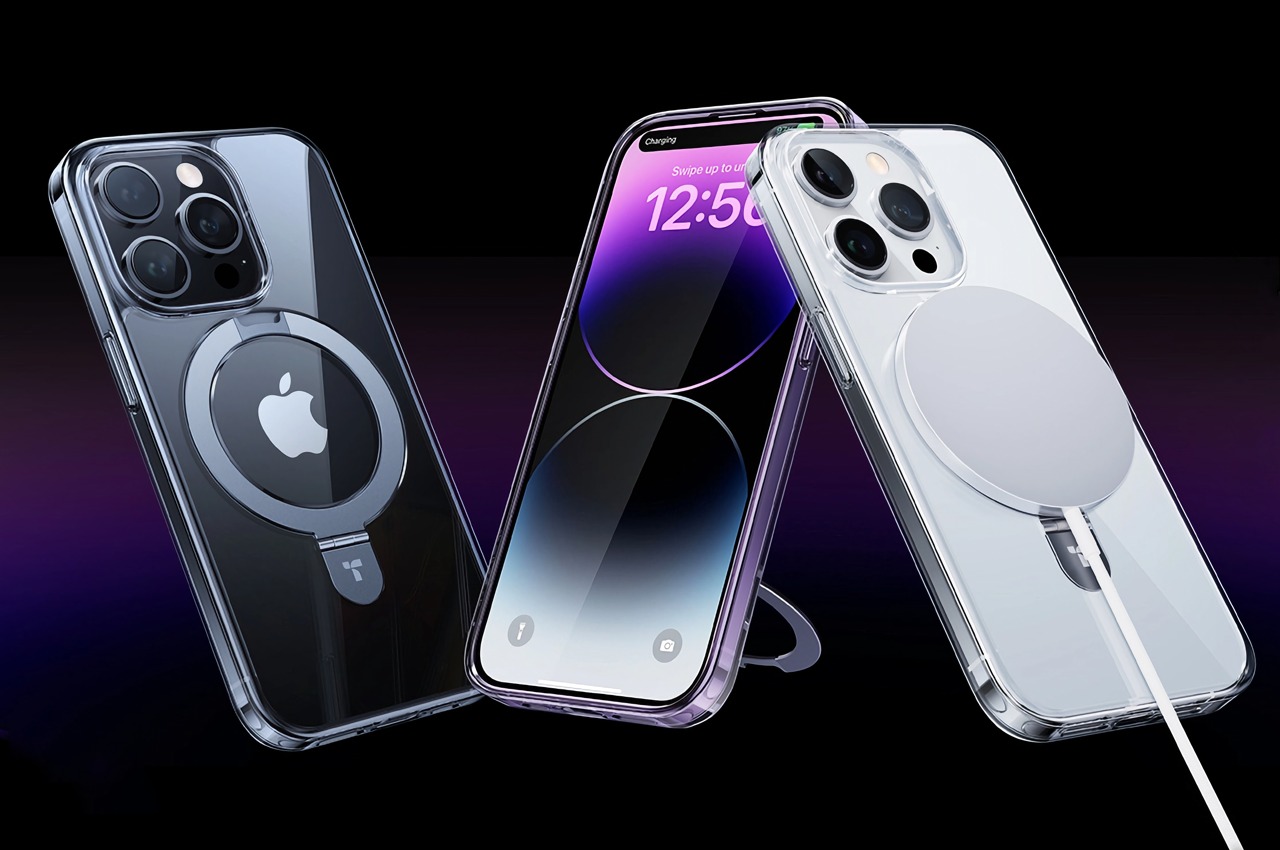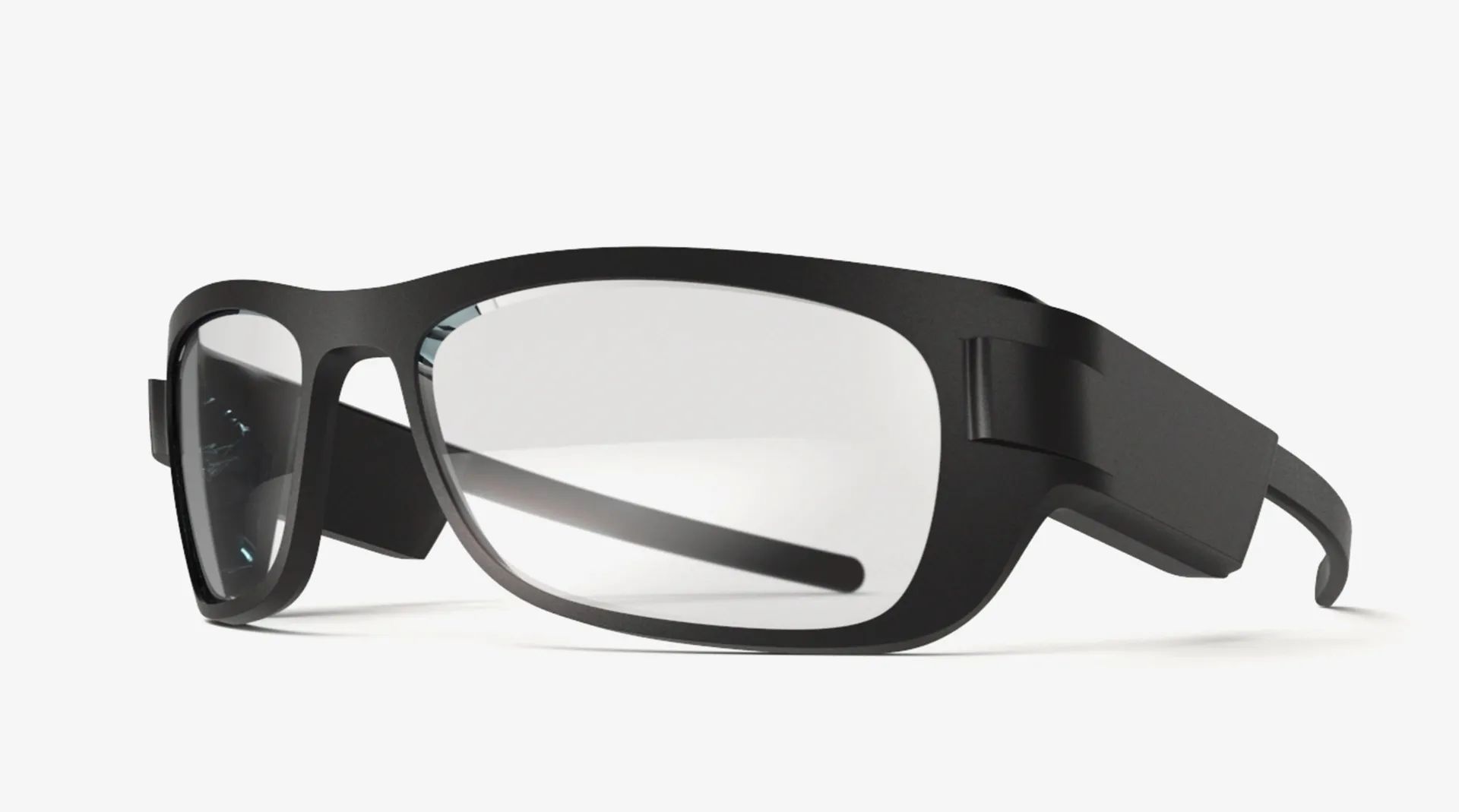Introduction
Welcome to our guide on how to fix scratches on a smartphone screen! We all know how frustrating it can be to discover a scratch on our beloved devices. Whether it’s a small nick or a noticeable gouge, scratches not only detract from the aesthetics of our phones but can also affect their functionality and resale value.
In this article, we will delve into the different types of scratches that can occur on smartphone screens and provide you with step-by-step instructions on how to deal with them. From minor surface scratches to deeper grooves, we have got you covered with various methods and solutions to help restore your screen to its former glory.
Before we jump into the solutions, it’s important to note that not all scratches are created equal. Understanding the type and severity of the scratch will help you determine the best course of action. In some cases, minor scratches may be easily remedied with simple household items, while deeper scratches may require the assistance of a professional.
Now, let’s dive into the world of smartphone scratches and learn how to effectively deal with them. Whether you have an iPhone, Samsung, Google Pixel, or any other smartphone brand, the methods discussed here can be applied to most devices. So, grab your phone and let’s get started on the journey to a scratch-free screen!
Understanding the Different Types of Scratches
Before we begin the process of fixing scratches on your smartphone screen, it’s essential to have a basic understanding of the different types of scratches that can occur. By identifying the specific type of scratch, you can determine the best approach for repair.
1. Surface Scratches: The most common type of scratch is a surface scratch. These scratches are usually shallow and only affect the protective coating or film applied to the screen. Surface scratches are generally less noticeable and can often be buffed out easily.
2. Hairline Scratches: Hairline scratches are thin, shallow scratches that can occur as a result of daily use and handling. While these scratches may be superficial, when viewed under certain lighting conditions, they can still be visible and affect the overall appearance of your screen.
3. Deep Scratches: Deep scratches are more severe and extend beyond the protective layer of the screen. These scratches can be felt with your fingernail and are often more noticeable, potentially affecting the functionality of your smartphone’s touchscreen.
It’s important to note that attempting to fix deep scratches at home may not yield satisfactory results, and professional assistance may be required.
Now that you are familiar with the different types of scratches that can occur, you will be better equipped to assess the severity of the scratches on your smartphone screen. In the following sections, we will guide you through various methods to tackle each type of scratch effectively.
Assessing the Severity of the Scratches
Before you begin any repair method, it’s crucial to assess the severity of the scratches on your smartphone screen. Understanding the depth and extent of the damage will help you determine the most suitable approach for fixing the scratches.
1. Visual Inspection: Start by visually examining the screen under good lighting conditions. Look for any visible scratches, nicks, or cracks. Take note of their location and size.
2. Touch Test: Gently run your fingertip across the screen to feel for any noticeable scratches. If you can feel the scratch with your nail, it is likely a deep scratch that may require professional repair.
3. Screen Functionality: Assess whether the scratches are affecting the functionality of your smartphone’s touchscreen. If you notice any unresponsive areas or erratic touch behavior, it could indicate a more significant issue that may need professional attention.
4. Screen Protector Compatibility: If you have a screen protector installed, check if the scratches are limited to the protector or if they extend to the actual screen. This information will help determine the appropriate repair method.
By taking these factors into consideration, you can determine whether the scratches are minor enough to be fixed at home or if you should seek professional help. It’s important to note that attempting to fix deep scratches on your own may lead to further damage, so exercise caution and use the appropriate methods.
With a clear understanding of the severity of the scratches, you can now proceed to the next section, where we will explore the use of toothpaste to remove minor scratches on your smartphone screen.
Using Toothpaste to Remove Minor Scratches
Did you know that toothpaste can work wonders in removing minor scratches from your smartphone screen? It might sound surprising, but the mild abrasive properties of toothpaste can help buff out shallow scratches and restore the appearance of your screen.
Here’s how you can effectively use toothpaste to fix minor scratches:
1. Choose the Right Toothpaste: Opt for a plain white toothpaste without any fancy additives such as gels or whitening agents. These can potentially damage your screen further.
2. Clean the Screen: Before applying toothpaste, make sure to clean the screen thoroughly using a microfiber cloth or screen cleaning solution. This will remove any dirt, oils, or fingerprints that could interfere with the repair process.
3. Apply the Toothpaste: Dab a small amount of toothpaste onto a clean, soft cloth. Gently rub the toothpaste onto the scratched area in a circular motion using light pressure. Continue buffing for a couple of minutes.
4. Wipe Off the Toothpaste: Using a clean, damp cloth, gently wipe off the toothpaste residue from the screen. Make sure to remove all traces of toothpaste to avoid any potential damage.
5. Inspect the Results: Once the screen is dry, inspect the scratched area to see if there is any improvement. If the scratches are still visible, you may need to repeat the process a few more times, ensuring that you don’t apply excessive pressure to avoid causing further damage.
It’s important to note that this method is most effective for surface scratches and may not be as effective for deeper or more severe scratches. Additionally, toothpaste may not work on screens with oleophobic coatings. If you are unsure about the type of screen you have or if the scratches persist, it’s best to seek professional assistance.
Now that you know how to use toothpaste to repair minor scratches, you can move on to the next section, where we’ll explore the application of a scratch repair kit.
Applying a Scratch Repair Kit
If toothpaste didn’t yield the desired results for your smartphone screen scratches, don’t worry! There are specialized scratch repair kits available that can help you tackle more stubborn scratches. These kits contain all the necessary tools and materials to effectively repair minor to moderate scratches on your screen.
Here’s a step-by-step guide on how to apply a scratch repair kit:
1. Gather the Kit: Purchase a reputable scratch repair kit specifically designed for smartphone screens. Make sure it includes a polishing compound, microfiber cloth, and any other accessories mentioned in the kit instructions.
2. Clean the Screen: Just like with the toothpaste method, start by cleaning the screen thoroughly to remove any dirt or contaminants that could hinder the repair process.
3. Follow the Instructions: Each scratch repair kit may have slightly different instructions, so carefully read the enclosed guidelines before proceeding. They will outline the exact steps you need to follow for optimal results.
4. Apply the Polishing Compound: Use a small amount of the provided polishing compound, or as directed by the kit instructions, and apply it to the scratched area. Gently rub the compound in circular motions using the provided microfiber cloth or applicator pad. Continue buffing for the specified duration mentioned in the instructions.
5. Clean and Inspect: Once you’ve completed the recommended buffing time, clean the screen with a damp cloth to remove any residue. Inspect the repaired area under good lighting to assess the improvement. If needed, you can repeat the process for deeper or more stubborn scratches.
Remember, while scratch repair kits are effective for minor to moderate scratches, they may not be suitable for deep or severe scratches. If you don’t achieve satisfactory results or if the scratches remain visible, it’s best to consult a professional for further assistance.
Now that you’ve learned how to apply a scratch repair kit, let’s explore another option to hide scratches on your smartphone screen – using a screen protector.
Using a Screen Protector to Hide Scratches
If you have minor surface scratches on your smartphone screen that you can’t remove completely, an effective solution is to use a screen protector. A screen protector not only adds an extra layer of protection to your screen but also helps to hide existing scratches and prevent new ones from forming.
Here’s how you can use a screen protector to hide scratches:
1. Choose a Screen Protector: Look for a screen protector that is compatible with your smartphone model and offers the level of protection you desire. There are various options available, including clear, tempered glass, or matte screen protectors.
2. Clean the Screen: Ensure that your smartphone screen is clean and free from dust or smudges. Use a microfiber cloth or a screen cleaning solution to wipe away any debris.
3. Align and Apply the Screen Protector: Carefully align the screen protector with your smartphone screen, making sure it matches the dimensions and cutouts. Follow the instructions provided with the screen protector to apply it evenly and smoothly. Use a credit card or a squeegee to remove any air bubbles that may appear during the application process.
4. Buff out Air Bubbles and Imperfections: If any air bubbles or imperfections remain after the initial application, gently lift the screen protector and use a credit card or your fingertip to smooth them out. Take your time to ensure a bubble-free application.
5. Inspect the Results: Once the screen protector is applied, inspect the screen under good lighting conditions. The screen protector should help to reduce the visibility of minor scratches and provide a smooth, clean surface.
Using a screen protector not only covers up existing scratches but also helps to prevent new ones from forming. It acts as a sacrificial layer, taking the brunt of any potential damage instead of your smartphone’s actual screen.
While a screen protector can hide scratches and protect your screen, it’s important to note that it may not be a permanent solution. Over time, the screen protector itself may develop scratches or wear out. In such cases, replacing the screen protector is a simple and cost-effective solution.
Now that you’ve discovered how to hide scratches using a screen protector, let’s explore the option of seeking professional help for deeper scratches.
Seeking Professional Help for Deeper Scratches
If you have deeper or more severe scratches on your smartphone screen that cannot be resolved through DIY methods, it may be time to seek professional assistance. Professional technicians have the expertise and equipment necessary to address more significant scratches and restore your screen to its original condition.
Here’s what you can expect when seeking professional help for deeper scratches:
1. Research and Choose a Reputable Repair Service: Take the time to research and find a reputable repair service that specializes in smartphone screen repairs. Look for reviews, certifications, and experienced technicians to ensure that you are entrusting your device to capable hands.
2. Evaluation of the Damage: When you take your smartphone to the repair service, the technician will evaluate the damage and determine the best course of action. They will assess the depth and severity of the scratches and recommend the most appropriate repair method.
3. Repair Options: Depending on the nature and extent of the scratches, the technician may employ various techniques such as abrasive polishing, LCD screen replacement, or other specialized repair methods. They will discuss the available options with you and provide an estimate of the time and cost involved.
4. Professional Repair Process: The repair process will be conducted by trained professionals using specialized tools and equipment. They will ensure that the repair is performed carefully and accurately to achieve the best possible results.
5. Quality Assurance and Warranty: Reputable repair services often offer warranties on their work. This warranty ensures that if any issues arise within a specified period after the repair, you can return to the establishment for resolution.
By seeking professional help, you can have peace of mind knowing that your smartphone screen is in the hands of experts who can effectively address deeper scratches and restore your device to its optimal state.
Remember, professional repair services may come at a cost, and the pricing can vary depending on the extent of the damage and the labor involved. It’s important to weigh the cost against the value of your smartphone and determine if the repair is the best course of action.
With a deeper understanding of seeking professional help, let’s move on to the next section, where we will explore prevention tips to avoid future scratches on your smartphone screen.
Prevention Tips to Avoid Future Scratches
Preventing scratches on your smartphone screen is the best way to maintain its pristine appearance and ensure its longevity. Here are some useful tips to help you avoid future scratches:
1. Use a Screen Protector: As mentioned earlier, using a screen protector can add an extra layer of protection to your screen, minimizing the risk of scratches. Invest in a high-quality screen protector that is designed for your specific smartphone model.
2. Use a Protective Case: A sturdy phone case not only protects your device from accidental drops but also helps to prevent scratches. Look for a case that offers raised edges to safeguard the screen when placed face down.
3. Keep Your Phone Away from Contact with Sharp Objects: Avoid placing your phone with sharp objects such as keys, coins, or other items that can scratch the screen. Always keep your smartphone in a separate pocket or dedicated compartment in your bag to prevent accidental scratches.
4. Clean Your Screen Properly: Use a microfiber cloth or a screen cleaning solution specifically designed for electronics to clean your smartphone screen. Avoid using rough materials or abrasive cleaners that can cause scratching.
5. Be Mindful of Your Surroundings: Avoid using your smartphone in environments that can increase the risk of scratches, such as sandy or dusty areas. Additionally, be cautious when placing your phone on rough surfaces or near abrasive materials.
6. Avoid Pocketing Your Phone with Other Objects: When placing your phone in your pocket, make sure it is in a dedicated pocket without other items that can rub against the screen. It’s best to keep your phone in a separate pocket to minimize the chance of scratches.
7. Regularly Inspect Your Screen: Periodically examine your phone’s screen for any signs of scratches or damage. By catching them early, you can take appropriate action, such as applying a screen protector or seeking professional help if needed.
By following these preventive measures, you can significantly reduce the risk of scratches on your smartphone screen and ensure its optimal condition for a longer period of time.
Now that you have a solid understanding of preventive measures, let’s wrap up this guide by recapping the key points we covered in this article.
Conclusion
In this comprehensive guide, we have explored various methods and solutions to help you fix scratches on your smartphone screen. From using toothpaste and scratch repair kits to employing screen protectors and seeking professional help, there are options available for different types and severities of scratches.
By understanding the different types of scratches and assessing their severity, you can determine the most suitable approach for repairing them. Simple methods like using toothpaste or scratch repair kits can be effective for minor surface scratches, while screen protectors offer a convenient way to hide scratches and prevent future ones.
For deeper or more severe scratches, it is advisable to seek professional assistance to ensure the best possible outcome. Professional technicians have the expertise and tools needed to address significant scratches and restore your smartphone screen to its original condition.
Additionally, we have provided preventive tips to help you avoid future scratches. By using screen protectors, protective cases, and being mindful of your surroundings, you can minimize the risk of scratches and maintain the pristine appearance of your smartphone screen.
Remember, before attempting any DIY methods, it is essential to assess the severity of the scratches and proceed with caution. If you are uncertain or the scratches persist, consult a professional technician to avoid potential damage to your device.
We hope this guide has been helpful in assisting you in fixing scratches on your smartphone screen. By following the methods and tips outlined here, you can restore your screen’s appearance and prolong its lifespan. So, grab those necessary materials and start your journey to a scratch-free smartphone screen today!







